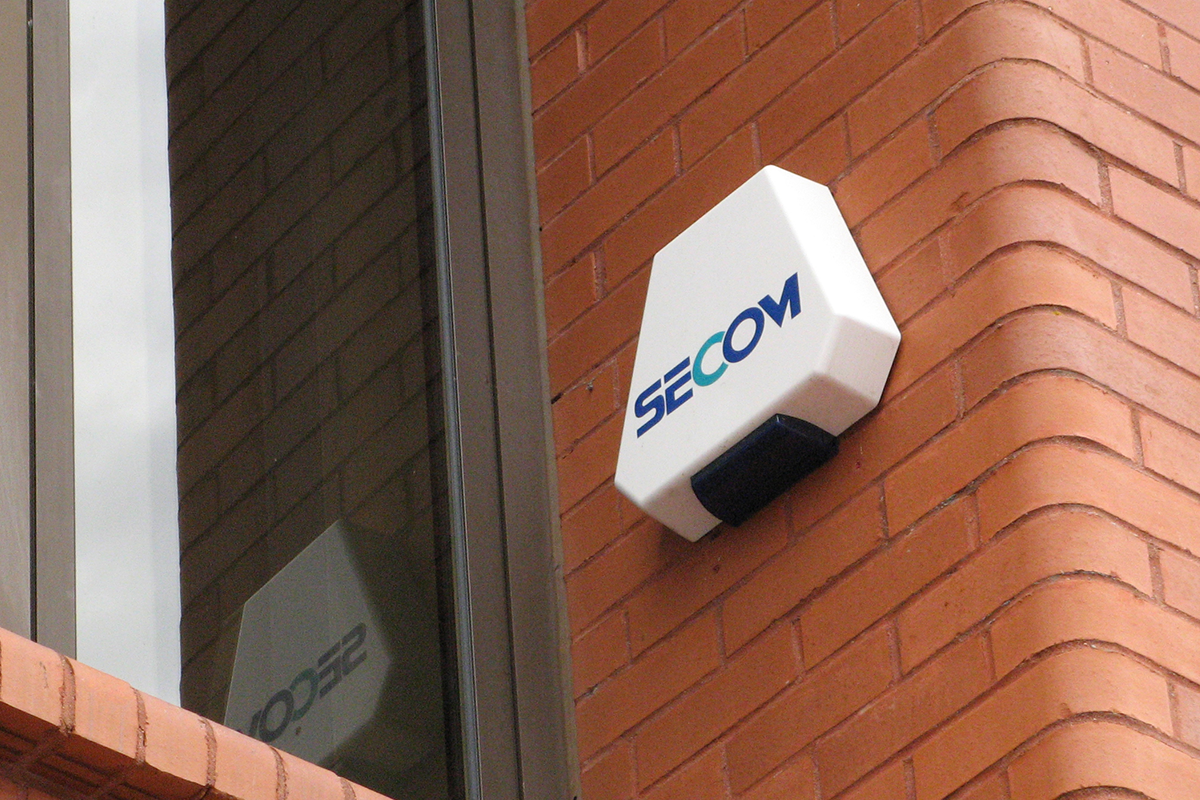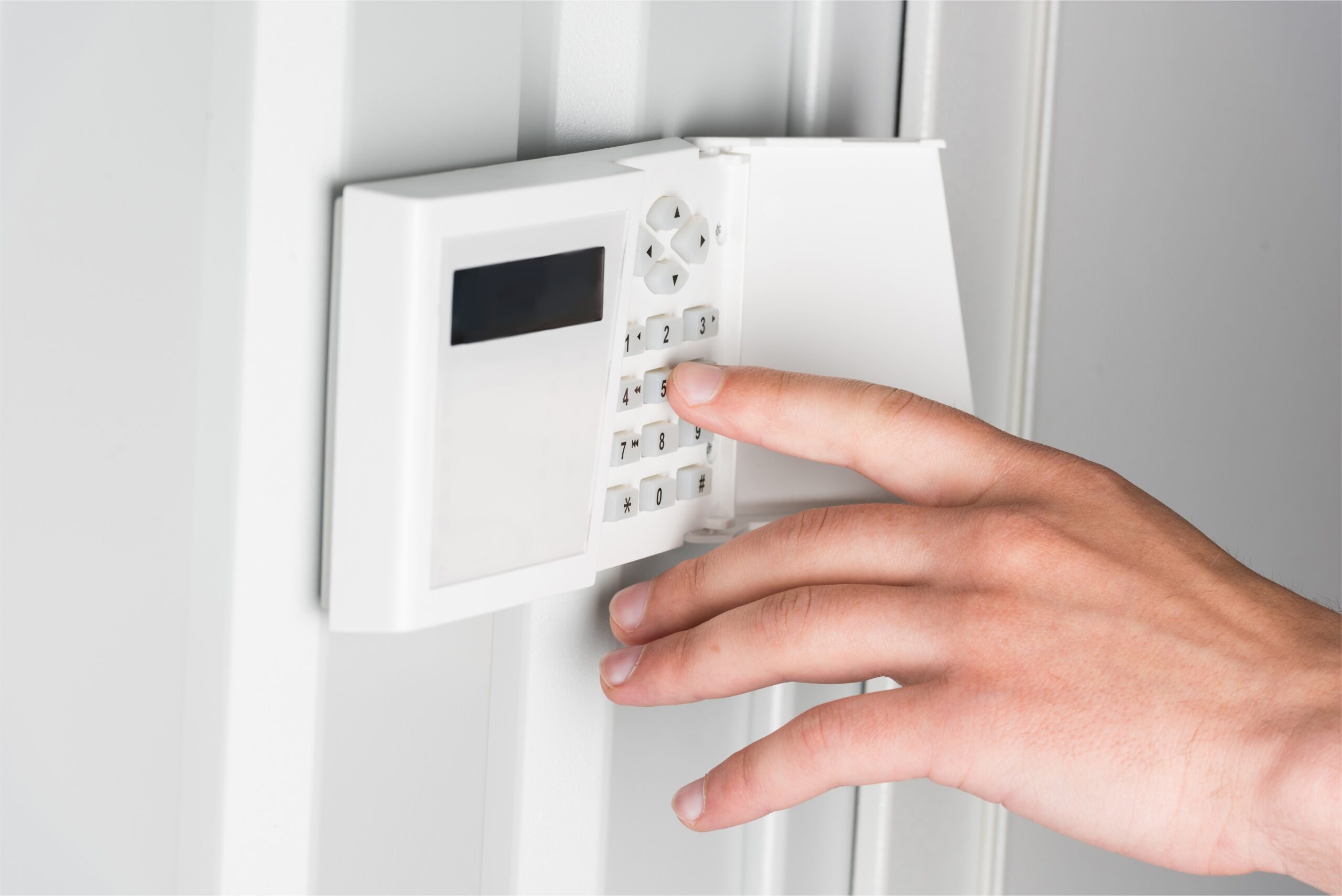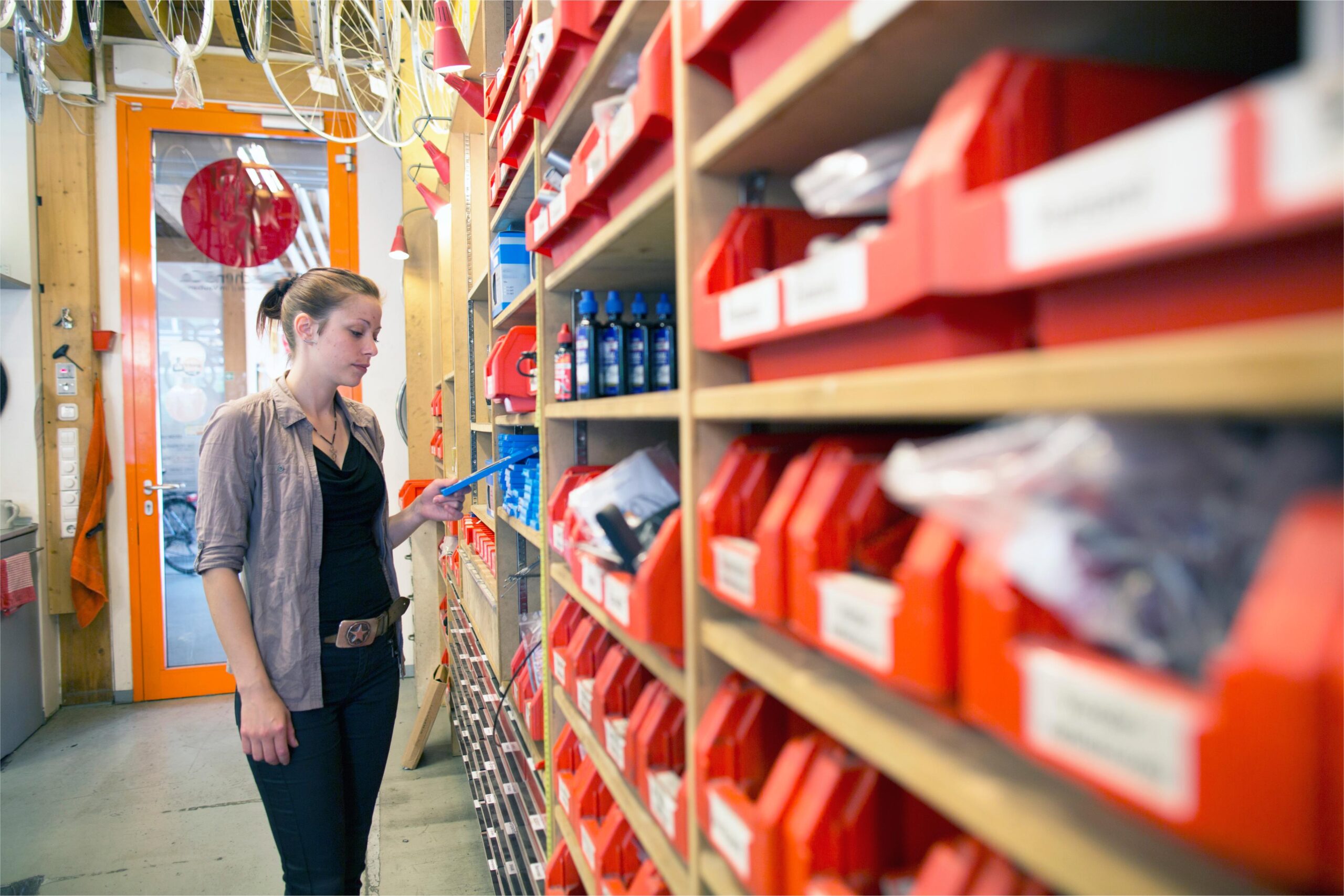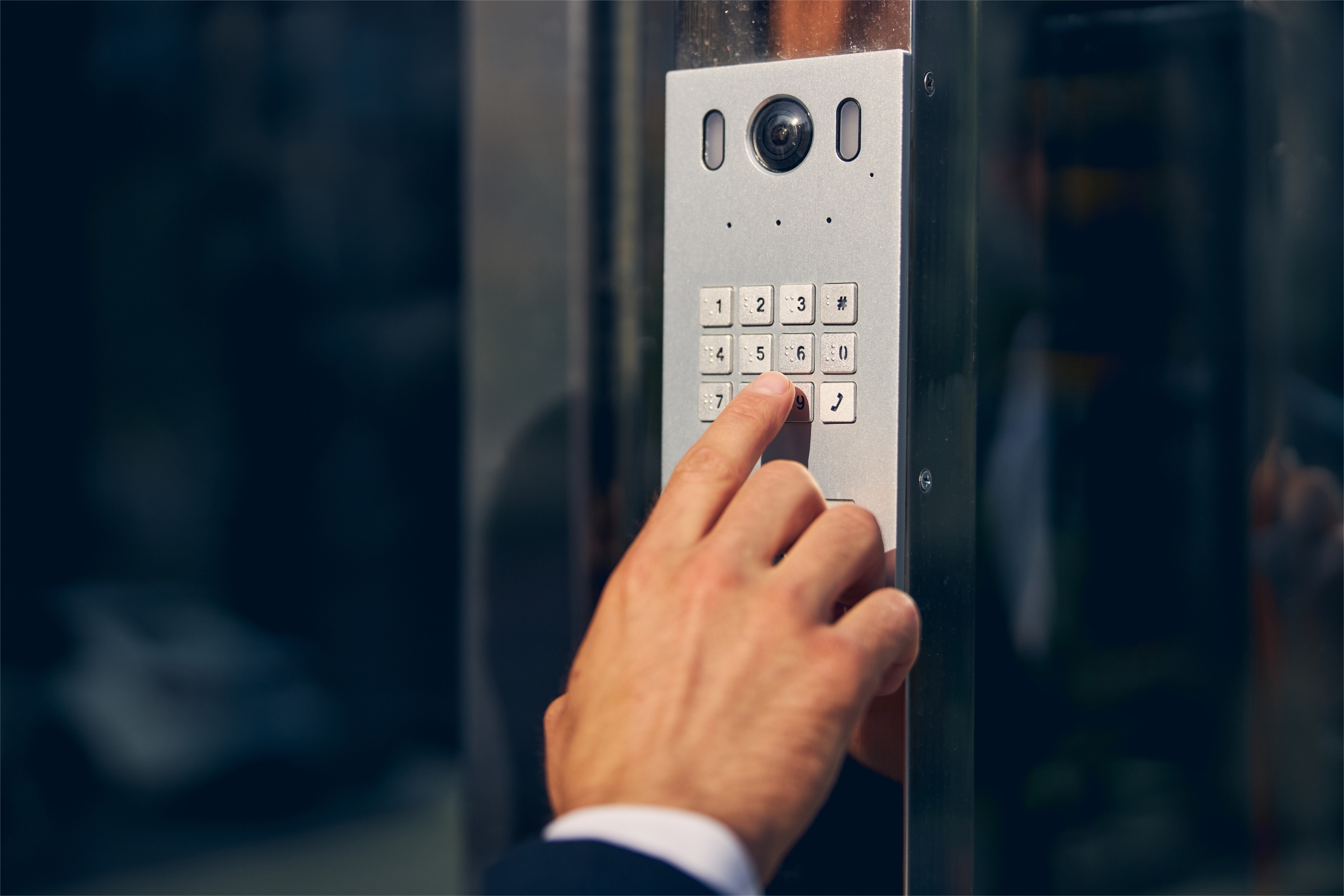The festive season brings a welcome boost for many businesses, whether through increased sales, year-end deals, or a well-earned break for staff. However, it also presents an unfortunate reality: a prime opportunity for criminal activity.
With offices closing for extended periods, stockrooms filling up, and security sometimes overlooked in the rush of seasonal demands, businesses can become vulnerable to break-ins.
Taking a proactive approach to security is essential in ensuring that celebrations are not overshadowed by losses.
Understanding seasonal security risks
The end of the year sees a rise in break-ins across many sectors. Retailers may be dealing with high-value stock, offices might be left empty for days at a time, and warehouses often hold surplus inventory ahead of the January rush. Criminals are well aware of these patterns, making businesses attractive targets. However, security risks are not only limited to physical break-ins. Cyber threats also increase during the festive period, as businesses slow down and IT monitoring becomes less frequent.
Assessing the specific risks to your premises is the first step towards reinforcing protection. Whether your business is in retail, hospitality, or office-based services, ensuring that both physical and digital security measures are robust can deter opportunistic criminals and safeguard your assets.
Securing physical access points
Most break-ins occur through doors, windows, or other access points that have been overlooked. While a locked door might seem like a sufficient deterrent, experienced intruders can bypass weak locks or find vulnerabilities that have been ignored. Investing in strong physical security measures, such as reinforced doors, security shutters, and access control systems, significantly reduces the chances of unauthorised entry.
For businesses operating in high-risk areas, additional measures such as anti-ram posts or security fencing may be a worthwhile investment. These act as both a physical and psychological barrier, signalling to potential criminals that breaking in would require considerable effort.
A combination of high-quality locks, monitored access points, and a clear strategy for securing entryways ensures that your premises remain protected when staff are away.
Utilising smart CCTV and monitoring systems
A visible security system is often enough to discourage criminals from targeting a business. Smart CCTV, equipped with AI-driven monitoring, offers real-time surveillance that can be accessed remotely. This means business owners or security teams can receive instant alerts if suspicious activity is detected. With cloud-based recording, footage is stored securely, eliminating the risk of tampering or damage to on-site storage devices.
For businesses looking to step up security, integrating CCTV with smart detection zones can provide even greater control. By setting virtual perimeters around key areas, businesses can ensure that any unauthorised movement triggers immediate notifications. Whether monitoring a retail floor, warehouse, or office entrance, advanced security systems allow for a swift response to potential threats.
Preventing insider threats and internal risks
While external break-ins are a concern, internal security threats should not be overlooked. Seasonal staffing, temporary hires, and high employee turnover can introduce vulnerabilities if access permissions are not carefully managed. Implementing a robust access control system ensures that only authorised personnel can enter restricted areas. By tracking entry logs and maintaining strict access policies, businesses can minimise the risk of internal theft or security breaches.
Establishing clear procedures for keyholders is equally important. If multiple staff members have access to the premises, ensuring that all keys, access codes, and alarm deactivation procedures are properly managed can prevent security lapses. When businesses shut down for the holidays, a designated individual should be responsible for conducting a final security check before locking up.
Ensuring alarm systems are fully operational
An intruder alarm is only effective if it is correctly maintained and regularly tested. The festive season is not the time to discover that a faulty sensor or outdated alarm system has left your business exposed. Checking that all motion detectors, door contacts, and sirens are working as intended should be a routine part of pre-holiday preparations.
For businesses requiring additional protection, professional alarm monitoring services can provide round-the-clock security. In the event of an activation, trained professionals can assess the situation and coordinate a response, whether notifying the police or dispatching a security team. With modern alarm systems offering app integration, business owners can stay informed about security alerts no matter where they are.
Protecting business data and digital assets
Physical security is only one aspect of safeguarding a business during the festive season. Cybercriminals often take advantage of reduced staff presence and delayed responses to infiltrate systems or deploy fraudulent activity. Ensuring that firewalls, antivirus software, and data encryption protocols are up to date is critical in preventing unauthorised access to sensitive information.
Simple steps such as enforcing strong password policies, enabling multi-factor authentication, and restricting access to critical systems during holiday periods can significantly reduce cyber risks. If your business relies on cloud storage, ensuring that backup systems are in place provides an added layer of protection against data loss.
Creating a tailored security strategy
No two businesses have the same security needs, and a one-size-fits-all approach rarely offers the level of protection required. Conducting a professional security assessment can identify potential blind spots and vulnerabilities specific to your premises. By working with security experts, businesses can implement a tailored solution that addresses their unique risks while remaining cost-effective.
From CCTV and intruder alarms to physical security measures and access control, an integrated approach ensures that every aspect of security is considered. With the right preparation, businesses can enter the festive season with confidence, knowing that their premises, assets, and data are well protected.Explore the SECOM security range — including physical and cloud solutions — and discover how we can keep your business safe year-round.







